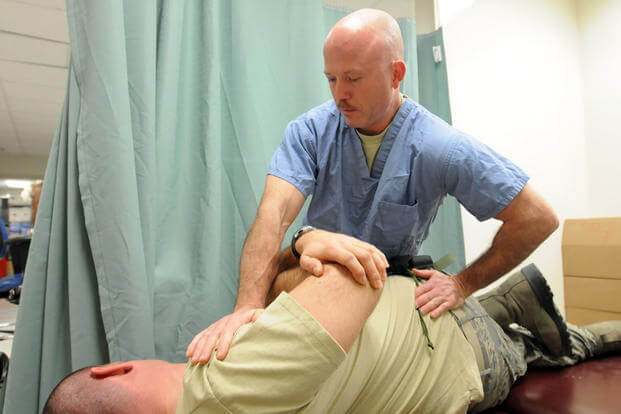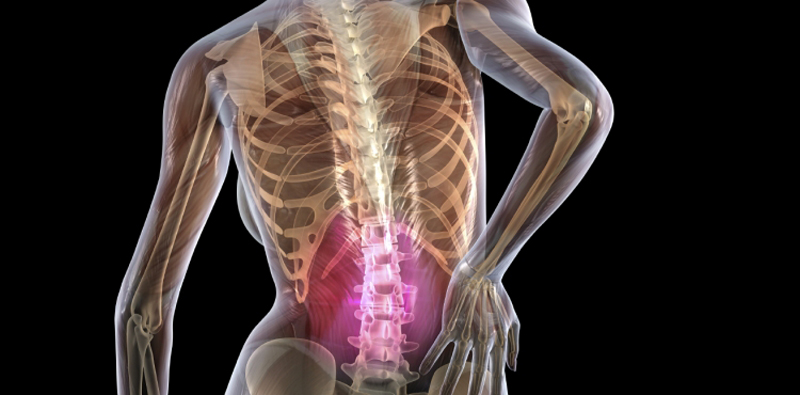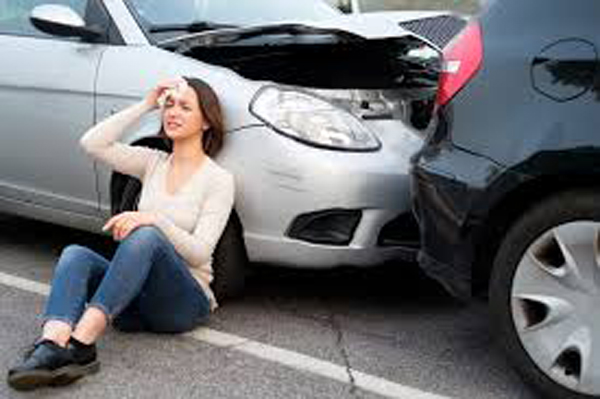House Reintroduces Bill to Modernize Medicare’s Chiropractic Coverage
House Reintroduces Bill to Modernize Medicare’s Chiropractic Coverage
Arlington, Va. – The American Chiropractic Association (ACA) is pleased to announce that bipartisan legislation to modernize Medicare coverage of chiropractic services was reintroduced April 19 in the U.S. House of Representatives.
The Chiropractic Coverage Modernization Act (H.R. 2654), introduced by Rep. Brian Higgins (D-N.Y.), would increase Medicare coverage of services provided by doctors of chiropractic within the full extent of their state licensure, enabling chiropractic patients to conveniently and safely access additional covered services that may be medically necessary. The change would also align Medicare with chiropractic coverage offered in many private health and Medicare Advantage plans.
Originally introduced in 2019, the bill gained traction in the last congressional session, picking up over 90 cosponsors. Sixteen of those members have signed on as original cosponsors of H.R. 2654: Reps. Jason Smith (R-Mo.), Brian Fitzpatrick (R-Pa.), John Larson (D-Conn.), Thomas Suozzi (D-N.Y.), Robert Aderholt (R-Ala.), Cynthia Axne (D-Iowa), Debbie Wasserman Schultz (D-Fla.), Jefferson Van Drew (R-N.J.), Mary Gay Scanlon (D-Pa.), Brendan Boyle (D-Pa.), Don Bacon (R-Neb.), Mike Rogers (R-Ala.), Kathleen Rice (D-N.Y.), John Joyce (R-Pa.), Kurt Schrader (D-Ore.) and Chellie Pingree (D-Maine).
“We applaud Rep. Higgins and the cosponsors for their support of modernizing Medicare’s chiropractic coverage to meet the needs of today’s beneficiaries, who should not only be able to choose their provider but also access necessary covered services conveniently and safely during these challenging times,” said ACA President Michele Maiers, DC, MPH, PhD.
The opioid crisis, which has worsened during the COVID-19 pandemic, has further heightened the need for Medicare beneficiaries to have access to the chiropractic profession’s broad-based, nondrug approach to pain management, which includes manual manipulation of the spine and extremities, evaluation and management services, diagnostic imaging, and utilization of other nondrug therapies and modalities.
Since 1972, Medicare beneficiaries have been covered for only one chiropractic service—manual manipulation of the spine—forcing them to access additional medically necessary care from other types of providers or to pay out of pocket for the services from their chiropractor. Chiropractors are the only physician-level providers in the Medicare program whose services are restricted in this manner.
To learn more and to urge your member of Congress to support this important legislation, visit www.HR2654.org.
About the American Chiropractic Association
The American Chiropractic Association (ACA) is the largest professional chiropractic organization in the United States. ACA attracts the most principled and accomplished chiropractors, who understand that it takes more to be called an ACA chiropractor. We are leading our profession in the most constructive and far-reaching ways–by working hand in hand with other health care professionals, by lobbying for pro-chiropractic legislation and policies, by supporting meaningful research and by using that research to inform our treatment practices. We also provide professional and educational opportunities for all our members and are committed to being a positive and unifying force for the practice of modern chiropractic. To learn more, visit www.acatoday.org and connect with us on Facebook, Twitter and Instagram






